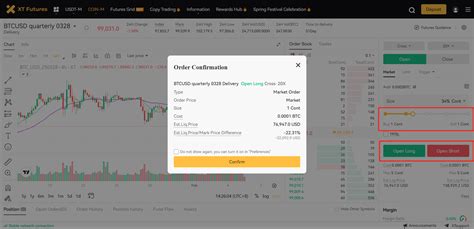Title: Mastering the Art of Trading Longs, Settlement Risk, and Price Action
Introduction
Trading is a high-stakes game where emotions can run high, but discipline and strategy are essential for success. A common trading approach is to take a long position in an asset, hoping that its price will increase over time. However, there is a catch: market volatility can quickly turn this strategy into a settlement risk nightmare. In this article, we will delve into the world of longs, settlement risk, and price action, exploring how these concepts work together to shape your trading decisions.
Long Position
A long position is when you buy an asset with the expectation that its price will increase over time. This strategy can be profitable if executed correctly, but it is not without risk. Here are some key aspects of long positions:
- Buying Power: As the owner of the assets in your account, you have control over how much money is available to invest in each trade.
- Risk: Long positions involve a higher level of risk, as market declines can quickly lead to significant losses if the price falls or stays low for too long.
- Profit Potential
: With a long position, you can make a profit once the price has reached your desired level.
Settlement Risk
When trading with an account that does not offer settlement options (also known as non-custodial accounts), you need to worry about settlement risk. This is when the trade is not settled in time to receive payment from the seller before the market closes the next business day. Settlement risk can be significant if not managed properly:
- Liquidity: Without settlement options, liquidity becomes a major concern; it is difficult to close out positions quickly or get your money back.
- Time Lapse: Time Lapse occurs when you are unable to settle your trade before the market closes, resulting in wasted time and potential losses.
Price Action
Price action refers to the dynamic interaction between buyers and sellers in the market. It involves observing how price trends change over time, influenced by various factors such as supply and demand imbalances, technical analysis signals, and emotional reactions:
- Uptrends and Downtrends: Price action helps identify trends, providing insight into potential future movements.
- Support and Resistance Levels: Understanding these levels can help you anticipate price changes and limit potential losses.
Combining Concepts
When trading a long position, settlement risk and price action work together to create a complex decision-making process. To succeed:
- Develop a long-term perspective: Understand that market fluctuations are inevitable.
- Stay disciplined: Avoid impulsive decisions based on emotion rather than analysis.
- Closely monitor price action: Watch price movements and adjust your strategy accordingly.
- Establish clear goals and risk management systems

: Establish a well-thought-out risk management plan to mitigate losses.
In conclusion, trading long positions, settlement risk, and price action require a deep understanding of the markets, discipline, and patience. By mastering these concepts, you can navigate the complex world of trading with confidence and success.
